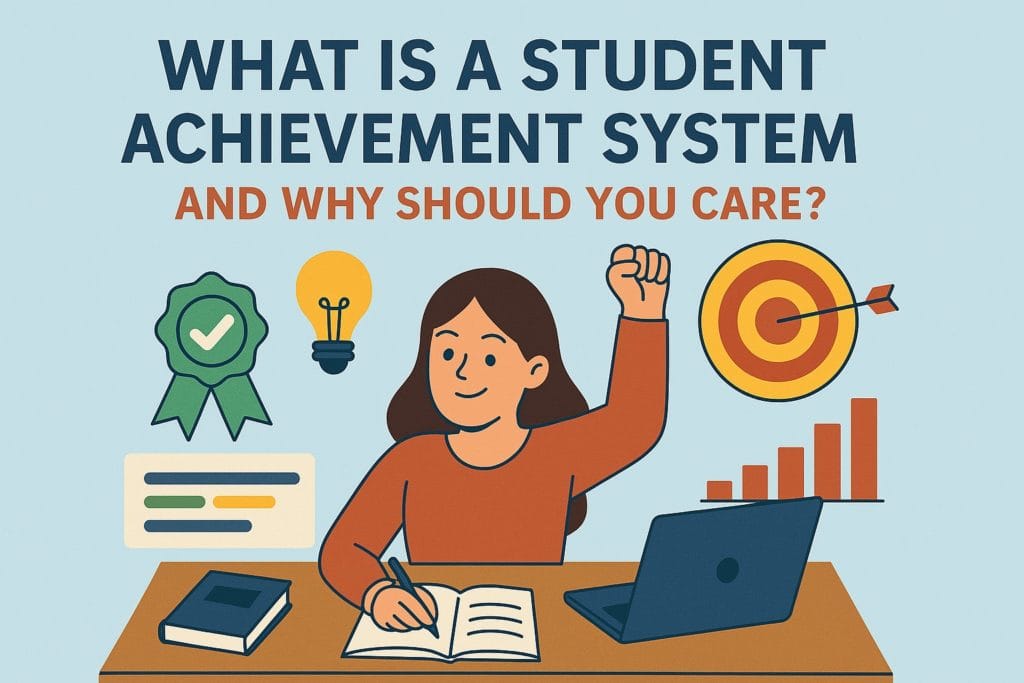
Preparing for a presentation can be challenging, especially if you have stage fright. Performing in front of an audience requires confidence and a well-structured approach. The following blog post will share a few tips and tricks on how to prepare for a presentation and ensure that you engage the audience.
Understanding Your Audience
Before you can start working on your presentation, it is essential to understand who you are delivering it to. This knowledge will allow you to tailor the tone and style of your presentation and make it more relatable and engaging.
Key points to think of:
- Audience composition: are they your fellow students, professors, or industry professionals?
- Level of knowledge: are they familiar with the topic?
- Interests and expectations: what do they hope to gain from your presentation?
Action steps:
- Conduct a quick survey: if possible, gather information about your audience preferences
- Research the context: understand the purpose of the presentation and the broader context within which your presentation will be delivered.
Choosing a Relevant Topic
If your presentation doesn’t have a topic yet, selecting a relevant and interesting topic is essential. It should resonate with your audience and align with the objectives and theme.
Tips for topic selection:
- Interest and passion: choose a topic that resonates with you and that you are passionate about. It’s hard to be enthusiastic and persuasive when you do not care about the topic itself.
- Relevance: ensure that the topic is relevant to the course, the occasion, and your audience.
- Scope: ensure that your topic is neither too broad nor too narrow. It’s hard to prepare enough material when the topic isn’t that deep, but it’s also hard to make a presentation on a very wide niche. That’s why it’s better to focus on something that you can’t provide deeper insight into.
Action steps:
- Brainstorm: write down a list of potential topics and narrow them down based on interests and relevance. It’s always better to start broad enough and then narrow the topic down until you find the proper focus point for your presentation.
- Seek feedback: discuss your ideas with peers or professors to ensure that you can provide something engaging and relevant.
Research and Content Development
Once you have a clear topic, it’s time to conduct your research. Quality content is the foundation of an effective presentation and it’s the main thing that you should spend your time on.
Research strategies:
- Use credible sources: look for academic journals, books, online libraries, and reputable websites with information. Don’t work with websites like Wikipedia or some questionable articles.
- Take notes: organize your findings and highlight the key points that you want to include in your presentation. Be sure to include facts that will support your argument or narrative.
- Cite your sources: always write down and keep track of the references to boost the credibility of your research.
Content structuring:
- Outlining your presentation: always start with a good outline or a plan that includes an introduction, main points, and conclusion.
- Use the rule of three: limit your main points to 3 key ideas because this will help your audience remember and understand it better. When you have too many facts or too many points, it can be hard enough to follow your thoughts.
Action steps:
- Draft your content: begin with a loose script or a quick draft of your presentation. Start always concisely and clearly, so that you can add more details as you progress.
- Incorporate examples and supporting evidence: you can use real-life examples to illustrate your points or even find some anecdotes to add to your presentation and make it more relatable.
Designing Visual Aids
Visual aids are now very important as they can enhance understanding and engagement. A well-designed presentation is always easier to follow and remember. Visual aids will help you improve the impact of the message that you are trying to deliver. Not using them might make your presentation quite boring.
Visual design tips:
- Keep it simple: avoid clustering various effects and images into one slide. Remember that impressive designs are often minimal yet sophisticated. It’s also better to use bullet points and limited text to convey essential information.
- Use high-quality images: incorporate relevant images, videos, graphs, or charts to complement your content. But be sure to choose the ones with higher resolution and quality. It’s always very noticeable on wider screens.
- Consistent formatting: stick to one color scheme and style for fonts, effects, and transitions throughout your presentation to make it less cluttered.
Recommended tools:
- PowerPoint: a classic tool for creating presentations with a variety of different templates, effects, and options.
- Canva: a platform that is easy to use for designing various slides and visual aids.
- Prezi: offers a great and dynamic presentation style that can engage your audience.
Action steps:
- Create your slides: develop your slides using an outline you created earlier and ensure that each slide aligns with your key points.
- Rehearse with your visuals: practice your performance while using your visual aids and making sure that there are enough slides and visuals to support your presentation content.
Practice, Practice, Practice
One of the most crucial steps in preparing for a presentation is practice. The more rehearses, the more comfortable and confident you are about the content of your presentation and the flow itself.
Practice strategies:
- Rehearse aloud: practice your presentation to improve your delivery and ensure that the timings are right.
- Record yourself: it might be useful to record your presentation delivery to tailor your pacing, tone, and even body language.
- Seek feedback: ask someone to watch you perform and ask for constructive feedback.
Action steps:
- Set up mock presentations: rehearse the presentation and pretend to answer the possible questions.
- Check the timings: ensure that you stay within the given timeframe and adjust the content if necessary.
Preparing for the Day of the Presentation
As the day approaches, having some sort of anxiety is completely normal. However, having a steady plan will ensure that everything runs smoothly.
Key preparations:
- Check your equipment: ensure that the laptop, projector, and USB drive work correctly. You might need to bring some backups, such as an additional USB drive with your presentation.
- Know the venue: familiarize yourself with the presentation space, including technical setup
- Prepare materials: if you have materials or business cards to hand out, be sure to prepare them in advance.
Action steps:
- Arrive early: give yourself some additional time to set up and address any last-minute issues.
- Relax and breathe: take a moment to calm yourself and mentally prepare before beginning.
Day of the Presentation: Final Tips
On the day of the presentation, your nerves and anxiety can significantly influence your performance.
Tips for success:
- Dress appropriately: wear something that makes you feel comfortable and confident but is suitable for the occasion.
- Warmup: prepare your body and voice for the presentation.
- Engage with the audience: make eye contact, smile, and be friendly to foster connection.
During the presentation:
- Start strong: begin with a hook sentence to grab attention
- Be adaptable: if you see that the audience is starting to lose attention, you might need to adjust the tone or pace of your delivery style.
Action steps:
- Stay present: focus on the audience and material to be present in the moment. Try not to think or worry about potential mistakes. Even if something goes wrong or you make a mistake in delivery, brush it off and continue performing
- Reflect afterward: reflect on what was done well and what went wrong to improve your future presentations.
Conclusion
Preparing for a presentation can be stressful, but the presentation itself is usually quite quick and not as humiliating as you might think it is. We tend to overthink a lot, and that might be the mistake that every person who is afraid of performing makes. They tend to focus on the possible mistakes rather than the moment and the connection with the audience. Embrace the opportunity to share your ideas and let everything go as it goes.
 Karen Palmer
Karen Palmer


